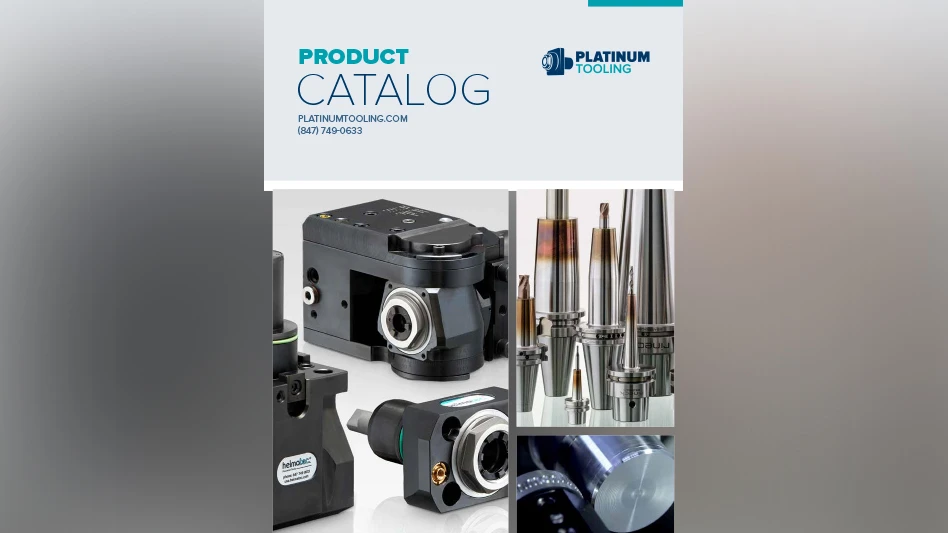
St. Paul, Minnesota – Adhesives play a critical role in the success of a medical device, whether it’s holding the device together or adhering it to the wearer’s skin. But with so many adhesive products available, it can be a challenge for design engineers to know which one is right for their project. To help bridge this critical gap, 3M developed a Find My Adhesive product selector tool to help make medical adhesive selection a simpler process.
“Adhering medical devices can be a difficult task. Using the wrong adhesive could result in unforeseen added costs and device development delays,” said Marcello Napol, global business director in 3M’s Critical and Chronic Care Solutions Division. “Our goal with Find My Adhesive is to leverage our more than 50 years of adhesive research and development expertise to provide a useful tool to design engineers that helps streamline the adhesive selection process and improve the device’s overall probability of success. The interactive, intuitive and efficient tool can assist design engineers in an oftentimes unexpectedly challenging and critical part of the medical device design process.”
Find My Adhesive is an online resource that uses a series of project-specific questions to identify a list of the most appropriate medical adhesive suggestions. Each question is centered on an important consideration, such as the adhesive’s purpose (stick-to-skin, hold device components together or overlay / cover my device) and needs, such as wear time, the material you need to stick to and intended user, which works to narrow down the adhesives recommended for use. It’s free to use and, unlike other selection tools, does not require an account to access. If projects require extra assistance and feedback, users can contact a 3M medical adhesives expert directly through the site.
To help narrow down the right adhesive for your next medical device project, the Find My Adhesive product selector tool can be found at findmyadhesive.com.
Latest from Today's Medical Developments
- TT Electronics achieves ISO 13485 medical certification at Mexicali EMS facility
- Boost productivity with Nidec's innovative MGC300
- Meet AEON: the future of humanoid robotics
- Okuma: Extraordinary Starts Where Limits End
- Revolutionize medical device maintenance with FUCHS NYEMED 7560
- #46 Lunch + Learn Podcast with SMW Autoblok
- Diagnosis: Workflow Inefficiency | Treatment: Okuma Robot Loader Series
- Discover the future of manufacturing at GROB's 5-AXIS LIVE!





